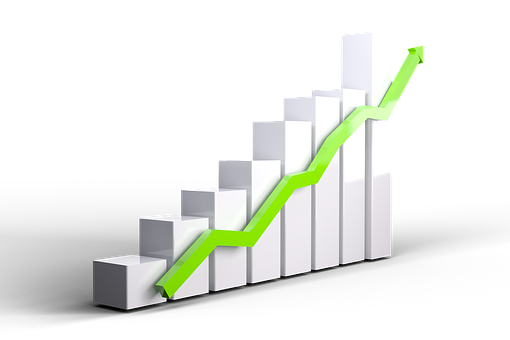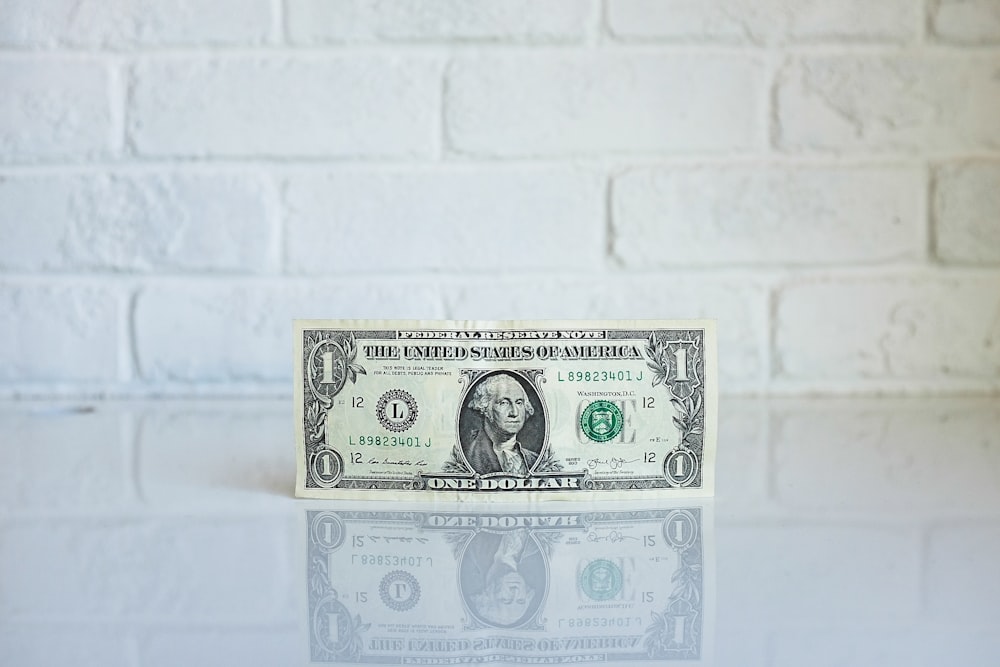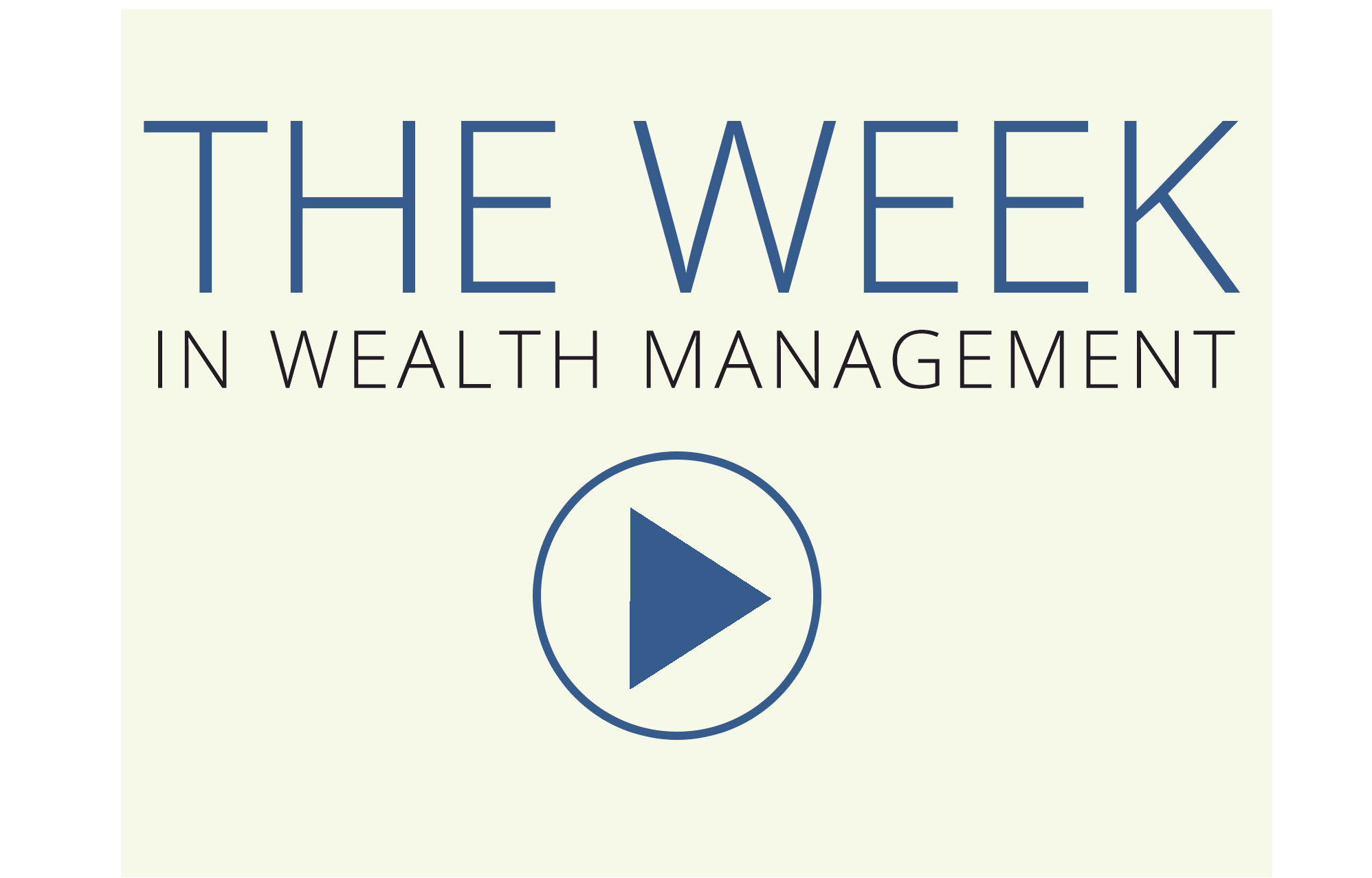
A Little History
By now most people have heard of Bitcoins and how those that were fortunate enough to invest in them at the right time may have made great profits. Bitcoins were the first established cryptocurrency and today there are currently more than 1000 different types of cryptocurrency, but Bitcoins are still the most commonly known name. Bitcoins became available to the public in 2009 and rivals started coming out in 2011. Over this time the price of bitcoins had been rising; however, in 2013 the price crashed. It wasn't until 2017 that we saw the huge growth in Bitcoin price before a steady decline in 2018. New cryptocurrencies are continuing to come out and more people are getting interested in learning about what they are exactly.
How are they Purchased?
Purchase directly from an exchange
- Expensive
-
Number of risks:
- Viability of the exchange
- Legitimacy of exchange
- Cybersecurity threats
Purchase through private fund (accredited investors only)
- Illiquid & expensive
You typically need to create a “wallet” before you can purchase any cryptocurrency. You register your identity and bank details to transfer money to buy cryptocurrency and the cryptocurrency is held in your “wallet”.
Potential Upside
- Decentralized – no single bank or single administrator. No “middleman” and no Federal Reserve.
- Reduced risk of manipulation from authoritarian governments
- Blockchain shows promise to transform major elements of the financial system
- Some experts claim that bitcoin will do to banking as email has done to the postal system
- Crypto assets challenge the model of state‐issued money and the dominant role of central banks
-
Controlled by function of mining
- Performed by “miners” – software solves math in exchange for currency
- Instant settlement of payments globally
Potential Downside
- Extremely volatile
- Short History
- Considered an Alternative Asset Class- allocations should be very small
- No central bank control which means no oversight – may present an unfair competitive advantage derived from lighter regulation (regulatory arbitrage ‐ when firms capitalize on loopholes in regulatory systems in order to circumvent unfavorable regulation)
- Touted as non‐taxed, but IRS Notice 2014‐21 provides the it be treated as property for federal tax purposes (investment income)
-
Due to the mostly anonymous nature of the peer to peer electronic cash system, potential to facilitate illicit activities
- NY Dept of Financial Services recently sent subpoenas to Bitcoin businesses requesting their policies to prevent money laundering and ensure consumer protections
End Notes
If you're really interested in cryptocurrencies and are considering investing in them, do your research! Find a specific one you want to consider and look into how long the currency has been around, how long the company has been operating, and volatility. Consider how much you are willing to risk for the investment because there are still many questions about safety and stability for any cryptocurrency.
Will cryptocurrency be the currency of the future? We think for now it is too soon to tell, and a lot of caution should be used with them.













.JPG)
.jpg)


